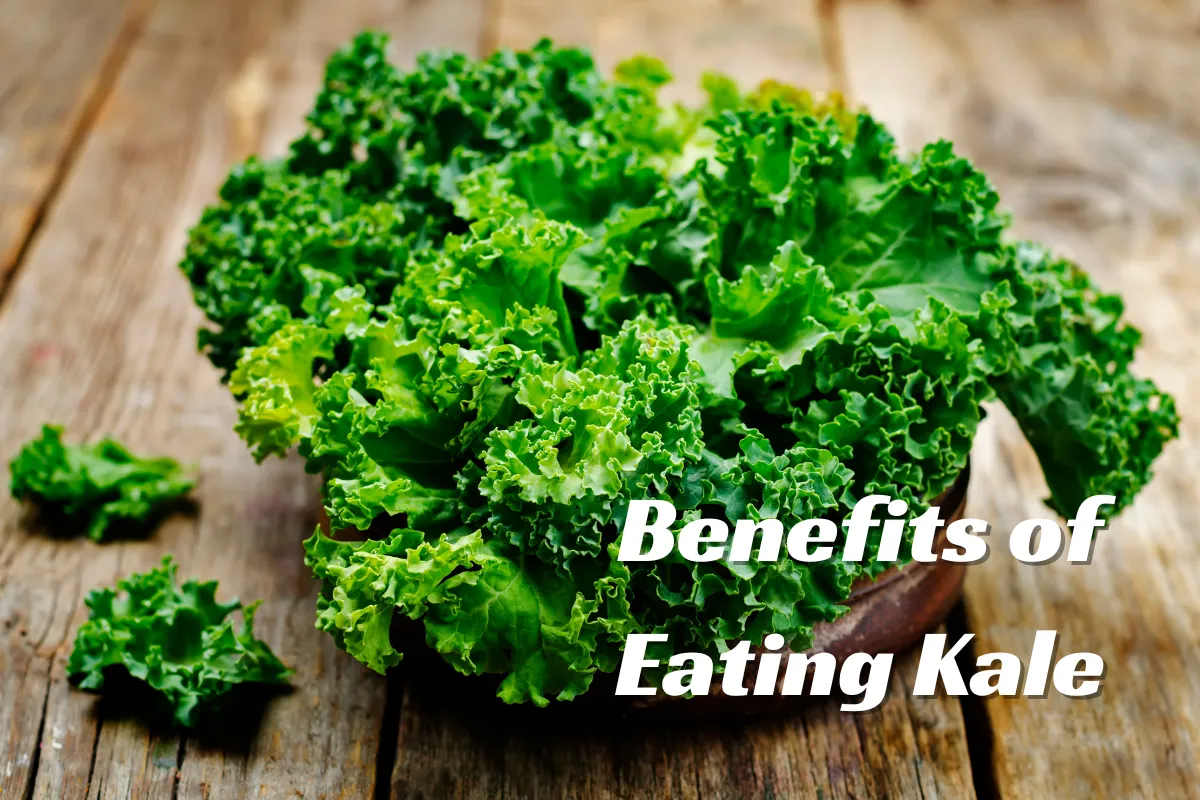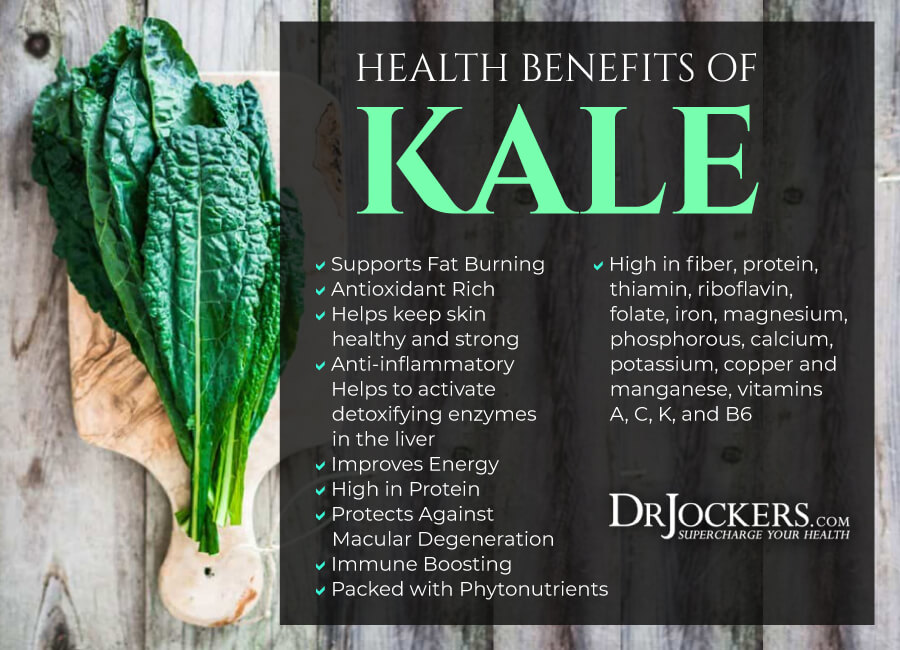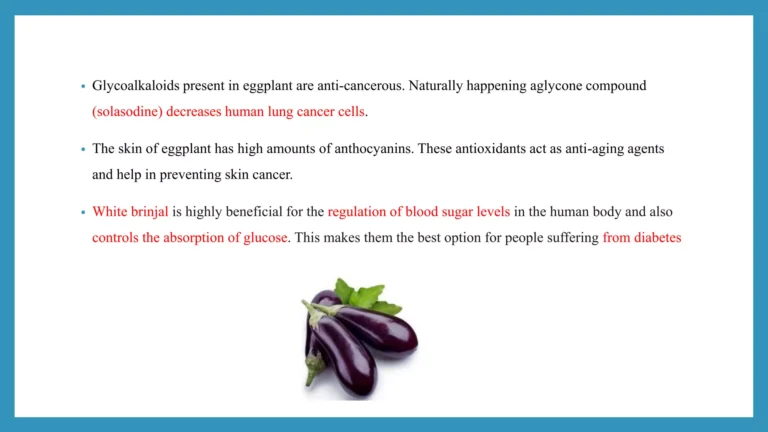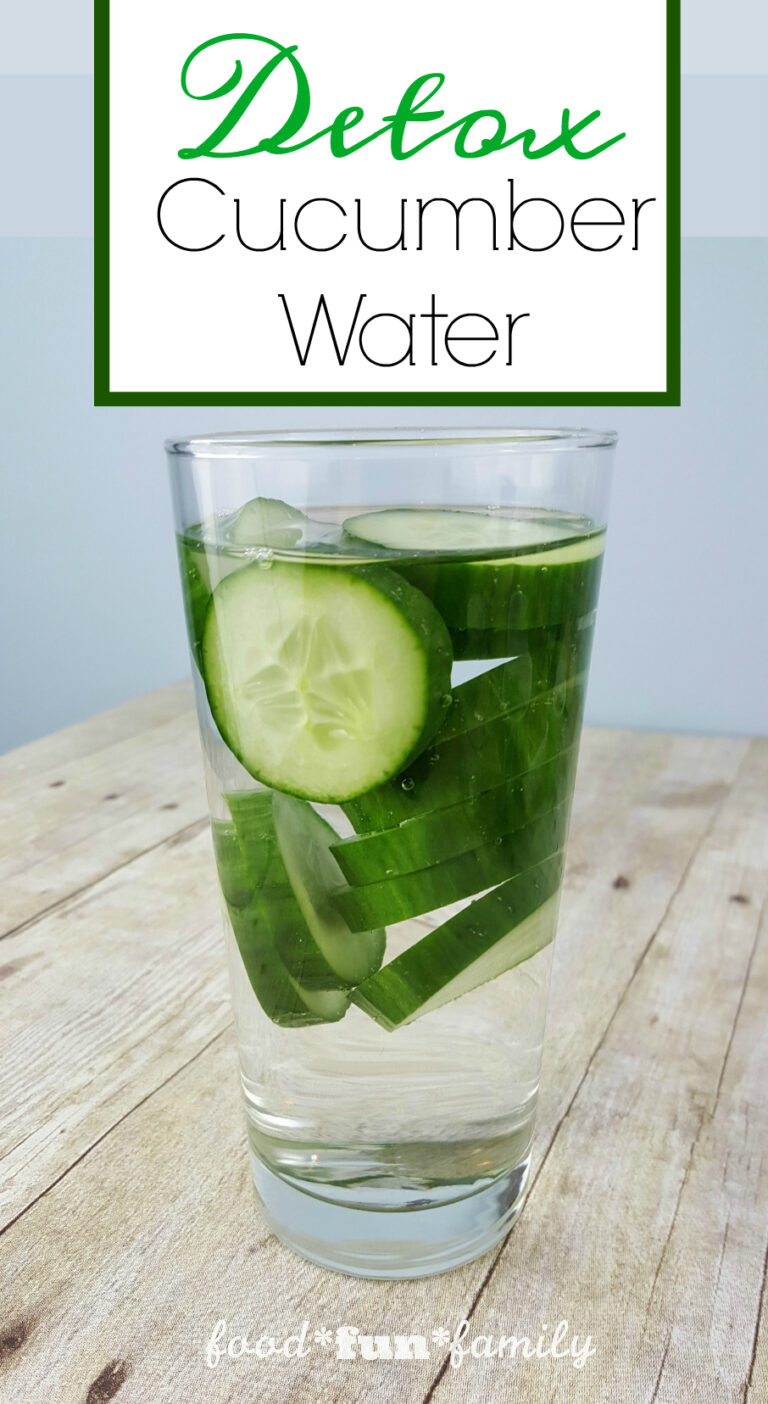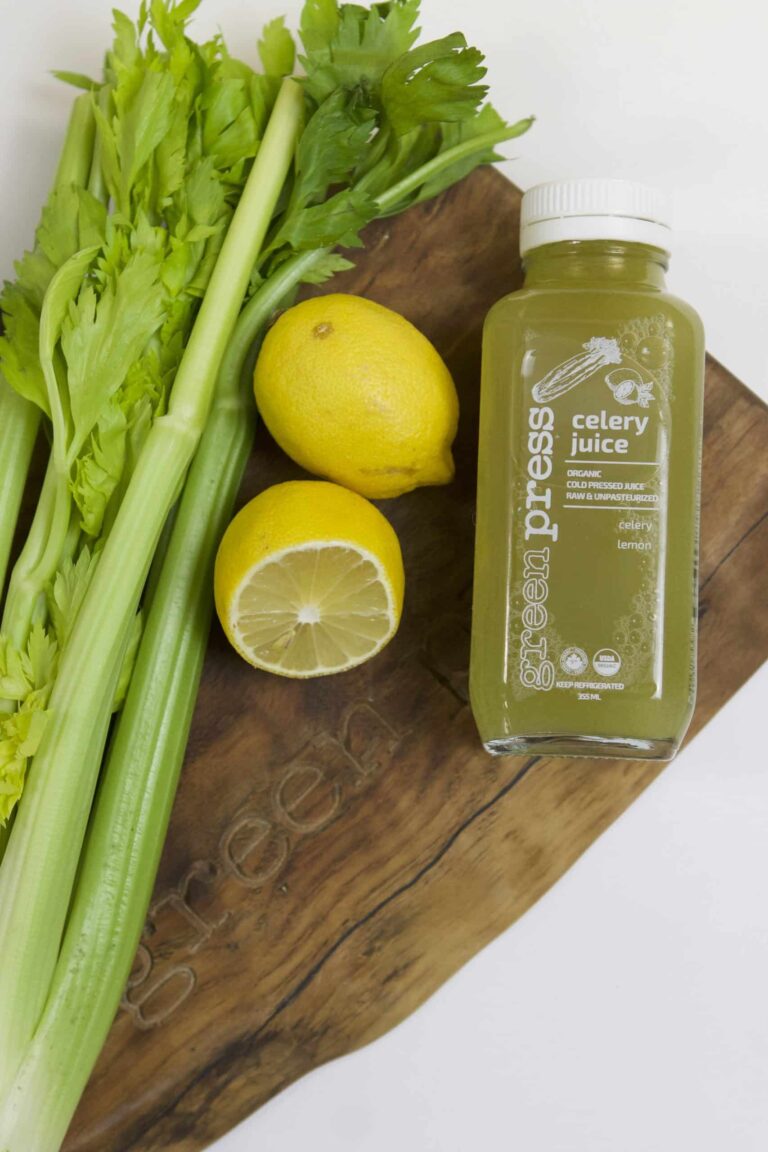Unlock Your Best Health: 7 Shocking Benefits of Eating Kale
In an era defined by fast-paced living, environmental stressors, and the relentless pursuit of quick fixes, the journey to optimal health often feels like an uphill battle. We’re bombarded with conflicting advice, exotic superfoods, and fleeting diet trends, leaving many of us yearning for something simpler, more grounded, and genuinely effective. What if the answer wasn’t a newly discovered Amazonian berry or a costly supplement, but rather a humble, leafy green that has graced our tables for centuries?
Enter kale. For too long, this cruciferous powerhouse was relegated to the sidelines, an afterthought in the culinary world, perhaps best known for its slightly bitter bite or as a garnish. But in recent years, kale has experienced a renaissance, emerging from obscurity to claim its rightful place as a nutritional titan. Yet, despite its newfound fame, many still view it merely as "healthy" or "good for you" without truly grasping the profound, transformative impact it can have on our well-being.
This isn’t just another article listing vitamins and minerals. This is a journey into the heart of kale, a deep dive into its biochemical wizardry, and a revelation of seven genuinely shocking benefits that can help you unlock a version of your health you might not have thought possible. Prepare to see this verdant leaf not just as food, but as a silent guardian, a detox dynamo, a cellular architect, and a powerful ally in your quest for a vibrant, resilient life. By the end of this story, you’ll understand why embracing kale isn’t just a dietary choice, but a profound investment in your future self.
1. The Nutritional Powerhouse: A Symphony of Essentiality
Imagine a single food item so densely packed with vital nutrients that it can single-handedly address multiple common dietary deficiencies, provide foundational support for virtually every bodily system, and lay the groundwork for disease prevention. This isn’t a fantasy; it’s kale. Its nutritional profile is so extraordinary that it transcends the typical "superfood" label, earning it the moniker of a "nutrient-dense" king.
Let’s dissect this verdant marvel. A single cup of raw kale (about 67 grams) delivers an astonishing 684% of the daily recommended intake (DRI) for Vitamin K, 206% for Vitamin A (primarily as beta-carotene), and 134% for Vitamin C. These aren’t just arbitrary numbers; they represent critical players in a symphony of bodily functions. Vitamin K, often overshadowed by its more famous counterparts, is absolutely crucial for blood clotting, preventing excessive bleeding, and, more surprisingly, for bone health. It activates proteins like osteocalcin, which are essential for binding calcium into bone matrix, helping to maintain bone density and potentially ward off osteoporosis. For those seeking plant-based calcium, kale also offers a significant amount, with studies suggesting its calcium is absorbed more readily than that from dairy.
Then there’s Vitamin A, present in kale as beta-carotene, a potent antioxidant and a precursor to true Vitamin A. This nutrient is indispensable for vision, particularly night vision, but its roles extend far beyond the eyes. It’s vital for immune function, supporting the growth and differentiation of various immune cells, and for maintaining healthy skin and mucous membranes, which act as our body’s first line of defense against pathogens. Vitamin C, another star in kale’s constellation, is a powerful antioxidant, crucial for immune system integrity, collagen synthesis (essential for skin, hair, nails, and connective tissues), and the absorption of non-heme iron from plant foods.
But the story doesn’t end with these major players. Kale also provides a substantial amount of manganese, copper, potassium, magnesium, and Vitamin B6. Manganese is a co-factor for many enzymes, crucial for metabolism, bone development, and antioxidant defense. Copper is vital for iron metabolism, energy production, and nerve function. Potassium, an electrolyte, is essential for maintaining fluid balance, nerve signals, and muscle contractions, playing a significant role in blood pressure regulation. Magnesium is involved in over 300 enzymatic reactions, influencing everything from muscle and nerve function to blood glucose control and bone health. Vitamin B6 is critical for brain development and function, immune health, and the metabolism of proteins and carbohydrates.
This remarkable density of essential vitamins and minerals means that by simply incorporating kale into your diet, you are not just adding "something healthy"; you are systematically fortifying your body at a cellular level, correcting imbalances, and providing the raw materials for optimal performance. It’s like giving your body a master key to unlock a trove of hidden potential, setting the stage for all the other profound benefits to unfold.
2. The Antioxidant Arsenal: Battling the Invisible Enemy
Our modern lives, unfortunately, expose us to a relentless barrage of environmental toxins, stress, and processed foods, all of which contribute to the production of free radicals within our bodies. These unstable molecules, if left unchecked, can cause oxidative stress, damaging cells, DNA, and proteins, accelerating aging, and laying the groundwork for chronic diseases like cancer, heart disease, and neurodegenerative disorders. It’s an invisible battle waged daily, and our bodies need powerful allies to win. Kale, remarkably, steps forward as one of nature’s most formidable antioxidant arsenals.
The vibrant green hues of kale are a visual testament to its rich concentration of these protective compounds. Beyond the well-known Vitamin C and beta-carotene mentioned earlier, kale boasts an impressive array of specialized flavonoid antioxidants, primarily quercetin and kaempferol. These aren’t just fancy names; they are biochemical warriors with a profound impact on cellular health.
Quercetin, a potent flavonoid, has been extensively studied for its anti-inflammatory, antiviral, and anti-cancer properties. It works by scavenging free radicals, chelating metal ions that can catalyze oxidative damage, and modulating signaling pathways involved in inflammation. Research suggests quercetin can help protect against cardiovascular disease by improving endothelial function and reducing LDL oxidation, a key step in atherosclerosis. It also exhibits antihistamine properties, potentially offering relief for allergy sufferers.
Kaempferol, another prominent flavonoid in kale, shares many of quercetin’s protective attributes, including anti-inflammatory and anti-cancer effects. Studies indicate that kaempferol may specifically target cancer cells, inducing apoptosis (programmed cell death) and inhibiting their proliferation and migration. Its ability to protect cells from oxidative damage makes it a crucial player in overall cellular longevity and resilience.
Furthermore, kale contains a significant amount of lutein and zeaxanthin, two carotenoid antioxidants primarily known for their benefits to eye health. These compounds accumulate in the retina, particularly the macula, where they filter harmful blue light and neutralize free radicals, thereby protecting against age-related macular degeneration (AMD) and cataracts, two leading causes of vision impairment in older adults.
The synergistic action of these diverse antioxidants in kale means that they don’t just work in isolation; they enhance each other’s effects, creating a comprehensive defense system. By regularly consuming kale, you are not merely adding a healthy food to your plate; you are actively equipping your body with a sophisticated shield against the relentless onslaught of oxidative stress. You are empowering your cells to repair, regenerate, and resist damage, slowing down the aging process and significantly reducing your risk of chronic disease. It’s a proactive step towards a more resilient and youthful you, battling the invisible enemy from within.
3. The Detox Dynamo: Cleansing from Within
The concept of "detoxification" is often met with skepticism, conjuring images of restrictive juice cleanses or expensive supplements. However, true detoxification is a natural, continuous process carried out by our bodies, primarily the liver and kidneys, to neutralize and eliminate harmful substances. In our modern world, filled with environmental pollutants, pesticides, and processed food additives, our natural detox pathways can become overwhelmed. This is where kale steps in, not as a magic bullet for a quick fix, but as a powerful, scientifically-backed ally that significantly enhances the body’s intrinsic cleansing mechanisms.
The shocking power of kale in detoxification lies in its unique composition of sulfur-containing compounds known as glucosinolates. When kale is chopped, chewed, or digested, these glucosinolates are broken down by an enzyme called myrosinase into biologically active compounds, most notably isothiocyanates like sulforaphane and indole-3-carbinol (I3C). These compounds are the true detox dynamos.
Sulforaphane, in particular, has garnered immense scientific attention. It works by upregulating Phase II detoxification enzymes in the liver. Phase I enzymes modify toxins, often making them more reactive, while Phase II enzymes conjugate these modified toxins with other molecules, making them water-soluble and easier for the body to excrete via urine or bile. Sulforaphane effectively boosts the body’s capacity to neutralize and eliminate a wide range of toxins, including environmental carcinogens, heavy metals, and byproducts of metabolism. This enhanced elimination reduces the toxic load on the body, protecting cells from damage and supporting overall organ function.
Indole-3-carbinol (I3C), another glucosinolate derivative, plays a crucial role in hormone detoxification, particularly concerning estrogen metabolism. I3C helps shift the metabolism of estrogen towards less potent, more beneficial forms, thereby reducing the risk of estrogen-dominant conditions and certain hormone-sensitive cancers. This is especially relevant in an environment where xenoestrogens (estrogen-mimicking chemicals from plastics and pesticides) are prevalent.
Beyond these remarkable compounds, kale’s rich fiber content also contributes to detoxification. Insoluble fiber acts like a broom, sweeping waste products and toxins through the digestive tract, preventing their reabsorption. Soluble fiber binds to bile acids (which carry toxins) in the gut, ensuring they are excreted rather than recycled. This dual action supports regular bowel movements, a fundamental aspect of effective detoxification.
By integrating kale into your diet, you are not merely eating a vegetable; you are providing your liver and other detox organs with the specialized tools they need to perform their vital work more efficiently. You are actively assisting your body in purifying itself from the inside out, reducing the burden of toxins, and fostering an internal environment conducive to optimal health and disease prevention. It’s a profound, subtle, yet incredibly powerful way to support your body’s innate wisdom in maintaining cleanliness and balance.
4. Heart Health Hero: A Shield for Your Cardiovascular System
Heart disease remains the leading cause of death globally, a silent epidemic fueled by modern lifestyles, poor dietary choices, and chronic inflammation. While medication and surgical interventions play their part, the most powerful defense often lies in prevention, and here, kale emerges as an unexpected, yet formidable, heart health hero. Its multifaceted approach to cardiovascular protection is truly shocking, addressing key risk factors from multiple angles.
One of kale’s most compelling contributions to heart health is its remarkable ability to lower cholesterol levels, specifically the "bad" LDL cholesterol. This benefit is largely attributed to its fiber content and its unique compounds that facilitate bile acid sequestration. Bile acids, produced in the liver from cholesterol, are essential for digesting fats. After aiding digestion, they are normally reabsorbed into the bloodstream. However, kale’s fiber, particularly its soluble fiber, binds to these bile acids in the digestive tract, preventing their reabsorption. This forces the liver to use more of the body’s existing cholesterol to produce new bile acids, thereby effectively reducing overall cholesterol levels circulating in the blood. Studies have shown that steamed kale is particularly effective in this regard, with one study finding it almost as potent as cholestyramine, a cholesterol-lowering drug.
Beyond cholesterol, kale’s rich potassium content plays a crucial role in blood pressure regulation. Potassium helps to counteract the effects of sodium in the body, which can contribute to high blood pressure. By promoting the excretion of excess sodium through urine and relaxing blood vessel walls, potassium helps maintain a healthy fluid balance and arterial flexibility, both vital for optimal blood pressure. This natural diuretic effect, combined with its magnesium content, further supports cardiovascular function.
Furthermore, the powerful antioxidant and anti-inflammatory compounds we’ve discussed – particularly quercetin, kaempferol, and Vitamins C and A – are critical for protecting the cardiovascular system. Chronic inflammation and oxidative stress are major drivers of atherosclerosis, the hardening and narrowing of arteries. Kale’s antioxidants neutralize free radicals that can damage blood vessel linings and oxidize LDL cholesterol, a key step in plaque formation. Its anti-inflammatory properties help soothe systemic inflammation, reducing the burden on the heart and arteries. By keeping blood vessels healthy, flexible, and free from oxidative damage, kale contributes significantly to reducing the risk of heart attacks and strokes.
The story of kale as a heart health hero is one of comprehensive protection. It doesn’t just address one aspect of cardiovascular risk but offers a synergistic blend of cholesterol reduction, blood pressure regulation, and anti-inflammatory, antioxidant defense. Integrating kale into your diet is like enlisting a tireless guardian for your heart, silently working to fortify your cardiovascular system against the challenges of modern life and paving the way for a longer, healthier life.
5. Cancer Combatant: A Proactive Ally in Cellular Defense
The word "cancer" evokes fear, but for many, it also sparks a desire for proactive measures. While no single food can guarantee cancer prevention or cure, the growing body of scientific evidence unequivocally positions cruciferous vegetables like kale as powerful allies in reducing cancer risk. The shocking truth is that kale doesn’t just offer general protection; it actively engages in a complex cellular battle, working to prevent, and even potentially inhibit, the development and progression of various cancers.
The primary cancer-fighting compounds in kale are the same glucosinolates and their breakdown products—isothiocyanates like sulforaphane and indole-3-carbinol (I3C)—that we encountered in its detoxifying role. Their anti-cancer mechanisms are multifaceted and profound:
- Detoxification of Carcinogens: As discussed, sulforaphane significantly boosts Phase II detoxification enzymes, which are critical for neutralizing and eliminating carcinogens before they can damage DNA and initiate cancer development. By speeding up the removal of these harmful substances, kale reduces the overall exposure of cells to cancer-causing agents.
- Inducing Apoptosis (Programmed Cell Death): Cancer cells are notorious for their ability to evade apoptosis, allowing them to multiply uncontrollably. Isothiocyanates, particularly sulforaphane, have been shown in numerous studies to induce apoptosis in various cancer cell lines, including those of breast, prostate, colon, and lung cancers. This means they can trigger cancerous or pre-cancerous cells to self-destruct before they can form tumors.
- Inhibiting Cell Proliferation and Angiogenesis: Cancer cells multiply rapidly. Sulforaphane and I3C have been observed to halt the cell cycle of cancer cells, preventing their uncontrolled growth. Furthermore, angiogenesis, the formation of new blood vessels that supply nutrients to tumors, is crucial for tumor growth and metastasis. These compounds can inhibit angiogenesis, effectively starving tumors of their necessary blood supply.
- Epigenetic Modulation: Emerging research suggests that sulforaphane can influence gene expression through epigenetic mechanisms. It can activate tumor suppressor genes and silence oncogenes (cancer-promoting genes), essentially "reprogramming" cells to behave in a healthier manner. This ability to modify how genes are expressed without changing the underlying DNA sequence is a cutting-edge area of cancer research.
- Antioxidant and Anti-inflammatory Effects: The general antioxidant and anti-inflammatory properties of kale (quercetin, kaempferol, vitamins C and E) also contribute to its anti-cancer potential by protecting DNA from damage and reducing the chronic inflammation that can fuel tumor growth.
While kale is not a cure, incorporating it into a regular diet provides a consistent supply of these chemoprotective compounds. It’s a proactive dietary strategy that supports your body’s natural defenses against cellular mutations and uncontrolled growth. Think of it as providing your cells with a team of vigilant guards, constantly patrolling, intercepting threats, and ensuring cellular integrity. For those seeking empowerment in the face of cancer risk, kale offers a tangible, delicious, and scientifically supported way to take control of their cellular destiny.
6. Gut Guardian & Digestive Delight: Nourishing Your Inner Ecosystem
The human gut is a bustling, complex ecosystem, home to trillions of microorganisms that collectively form our microbiome. This "second brain" influences everything from digestion and nutrient absorption to immune function, mood, and even chronic disease risk. A healthy gut is foundational to overall well-being, and kale, often praised for its visible nutrients, holds a shocking secret: it’s a profound guardian and delight for our inner ecosystem.
Kale’s most apparent contribution to gut health is its exceptionally high fiber content. A single cup of raw kale provides about 2.6 grams of fiber, a combination of both soluble and insoluble types.
- Insoluble Fiber: This type of fiber acts like a natural broom, adding bulk to stool and facilitating its smooth passage through the digestive tract. This helps prevent constipation, promotes regular bowel movements, and aids in the efficient elimination of waste products and toxins from the body. A well-functioning digestive system is crucial for preventing the buildup of harmful substances and reducing the risk of diverticulosis and hemorrhoids.
- Soluble Fiber: While less abundant than insoluble fiber in kale, its presence is significant. Soluble fiber absorbs water, forming a gel-like substance that can slow down digestion, helping to stabilize blood sugar levels and promote a feeling of fullness. More importantly for gut health, soluble fiber acts as a prebiotic. This means it serves as a fermentable food source for the beneficial bacteria residing in your colon. As these friendly bacteria feast on the soluble fiber, they produce short-chain fatty acids (SCFAs) like butyrate, propionate, and acetate. Butyrate, in particular, is a critical fuel source for the cells lining the colon, helping to maintain the integrity of the gut barrier, reduce inflammation, and potentially protect against colon cancer.
Beyond fiber, kale’s impressive array of antioxidants and anti-inflammatory compounds also play a vital role in nurturing the gut. Chronic inflammation in the digestive tract can lead to conditions like irritable bowel syndrome (IBS), inflammatory bowel disease (IBD), and leaky gut syndrome. Quercetin, kaempferol, and vitamins C and A help to soothe inflammation, protect the delicate gut lining from oxidative damage, and support the overall health of the intestinal barrier. A strong, intact gut barrier is essential for preventing unwanted substances from entering the bloodstream and triggering systemic immune responses.
By regularly consuming kale, you are not just aiding digestion; you are actively cultivating a thriving, balanced gut microbiome. You are feeding your beneficial bacteria, strengthening your gut lining, and reducing inflammation, thereby creating an optimal internal environment. This translates to improved nutrient absorption, a more robust immune system, better mood regulation (due to the gut-brain axis), and a reduced risk of a myriad of chronic diseases that have their roots in gut dysbiosis. Kale truly acts as a diligent guardian, ensuring your inner ecosystem flourishes, leading to a profound sense of digestive delight and holistic well-being.
7. Bone Builder & Vision Protector: Beyond the Obvious for Lifelong Health
While the previous benefits might hint at kale’s versatility, its specific, profound contributions to bone density and eye health are truly shocking, solidifying its status as a cornerstone for lifelong vitality. These are areas where deficiencies can lead to significant reductions in quality of life as we age, and kale offers a powerful, natural defense.
The Bone Builder: Fortifying Your Skeletal Structure
When we think of bone health, calcium immediately comes to mind, often followed by dairy products. However, kale challenges this conventional wisdom by offering a plant-based calcium source that is surprisingly bioavailable, alongside a critical nutrient often overlooked: Vitamin K.
A single cup of raw kale provides a substantial amount of plant-based calcium. While calcium from plant sources is sometimes thought to be less absorbed due to oxalates, studies suggest that the calcium in kale (and other low-oxalate greens like collards) has an absorption rate comparable to, or even higher than, that of dairy milk. This makes kale an excellent option for those seeking to strengthen their bones without consuming dairy.
However, the true shocker for bone health is kale’s unparalleled concentration of Vitamin K. As mentioned earlier, kale contains a staggering 684% of the DRI for Vitamin K in just one cup. Vitamin K is not just for blood clotting; it is absolutely essential for bone metabolism. It plays a crucial role in activating proteins like osteocalcin, which helps to integrate calcium into the bone matrix, effectively building and strengthening bones. Without sufficient Vitamin K, calcium cannot be properly utilized for bone mineralization, leading to weaker bones and an increased risk of fractures and osteoporosis. This makes kale a non-negotiable food for maintaining robust skeletal health throughout life, especially as we age and bone density naturally declines. Furthermore, kale also provides magnesium, another mineral vital for bone structure and density.
The Vision Protector: Safeguarding Your Sight
As we navigate an increasingly digital world, our eyes are under constant strain. Age-related macular degeneration (AMD) and cataracts are leading causes of vision impairment, and once again, kale steps forward as a powerful protector.
Kale is an exceptional source of two potent carotenoid antioxidants: lutein and zeaxanthin. These aren’t just any antioxidants; they are specifically concentrated in the macula of the eye, a small area responsible for sharp, central vision. Within the macula, lutein and zeaxanthin act as natural filters, absorbing harmful high-energy blue light that emanates from screens and sunlight. By filtering this light, they protect the delicate photoreceptor cells from oxidative damage.
Beyond light filtration, these carotenoids also function as powerful antioxidants, neutralizing free radicals that can damage eye tissues and contribute to the development of AMD and cataracts. Regular consumption of lutein and zeaxanthin has been consistently linked in scientific studies to a reduced risk of developing these debilitating eye conditions. The sheer quantity of these compounds in kale makes it one of the best dietary sources available.
The combined impact of kale on bone health and vision protection is nothing short of remarkable. It’s a testament to its holistic power, reaching beyond general well-being to address specific, critical aspects of longevity and quality of life. By embracing kale, you’re not just improving your health today; you’re making a proactive investment in maintaining your strength, independence, and clarity of sight for decades to come.
Beyond the Benefits: Integrating Kale into Your Life – The Practical Story
The journey through kale’s shocking benefits reveals a truly extraordinary food. But for many, the story of kale often hits a snag at the point of consumption. Its robust texture and sometimes bitter flavor can be intimidating, leading to well-intentioned but short-lived attempts to incorporate it into the diet. The truth is, unlocking kale’s full potential requires a bit of culinary creativity and a willingness to explore. This isn’t just about eating kale; it’s about learning to love it, making it a delicious and indispensable part of your regular routine.
The key to enjoying kale often lies in preparation. Raw kale, while nutritionally potent, can be tough. Here’s a game-changing tip: massage your kale. Seriously. After washing and de-stemming, place torn kale leaves in a bowl with a drizzle of olive oil, a squeeze of lemon juice, and a pinch of salt. Vigorously massage the leaves with your hands for 1-2 minutes until they soften and darken slightly. This breaks down the tough cell walls, making it more tender and less bitter, perfect for salads.
For those who prefer a milder flavor or want to sneak kale into their diet, smoothies are a fantastic option. The strong flavors of fruits like banana, berries, and pineapple, along with other ingredients like nut butter or yogurt, can completely mask kale’s taste. You’ll get all the nutrients without the "green" flavor. Start with a small handful and gradually increase the amount as you get accustomed to it.
Cooking kale also transforms its character. Sautéing is a quick and delicious method. Heat some olive oil or coconut oil in a pan, add minced garlic and chili flakes for flavor, then toss in de-stemmed and chopped kale. Sauté until wilted and tender-crisp, usually just 5-7 minutes. A splash of apple cider vinegar or lemon juice at the end brightens the flavor. This makes a fantastic side dish or a hearty addition to stir-fries, pasta, or scrambled eggs.
Roasting kale creates addictive kale chips. Toss kale leaves with a little olive oil, salt, and your favorite spices (paprika, nutritional yeast, garlic powder). Roast at a moderate temperature (around 300°F/150°C) until crispy, watching carefully to prevent burning. These are a healthier alternative to potato chips and a great way to enjoy kale’s savory side.
Don’t forget to integrate kale into existing dishes. Chop it finely and add it to soups, stews, curries, or even casseroles during the last 10-15 minutes of cooking. It wilts down, adds a nutritional boost, and often blends seamlessly with other flavors. You can even chop it and mix it into ground meat for burgers or meatloaf.
The story of kale isn’t just about its astonishing benefits; it’s also about empowering you to make it a sustainable part of your health journey. Start small, experiment with different preparations, and don’t be afraid to get creative. The initial skepticism often gives way to culinary delight once you discover the methods that work best for your palate. By embracing these practical tips, you can transform kale from a challenging "superfood" into a beloved, versatile ingredient that consistently fuels your body and unlocks your best health.
Conclusion: The Unfolding Narrative of Your Best Health
We began this journey by questioning the search for complex health solutions, suggesting that perhaps the answer lay closer to home, in a humble green leaf. What we’ve uncovered is far more profound than simple nutrition. Kale, in its quiet power, is a testament to nature’s profound capacity to heal, protect, and restore.
We’ve seen it as a nutritional powerhouse, systematically fortifying our bodies with essential vitamins and minerals, laying a robust foundation for health. We’ve witnessed its prowess as an antioxidant arsenal, diligently battling the invisible enemy of oxidative stress, slowing the march of time and disease. Its role as a detox dynamo, enhancing our body’s innate cleansing mechanisms, offers a profound sense of purification from within.
Kale has emerged as a heart health hero, actively lowering cholesterol, regulating blood pressure, and protecting our cardiovascular system. It stands as a cancer combatant, engaging in a sophisticated cellular dance to prevent and potentially inhibit disease. We’ve celebrated its dedication as a gut guardian and digestive delight, nurturing our inner ecosystem for holistic well-being. And finally, its shocking benefits as a bone builder and vision protector speak to its comprehensive ability to ensure lifelong strength and clarity.
This isn’t just a list of benefits; it’s a compelling narrative of transformation. It’s the story of how a simple dietary choice can ripple through every cell, every organ, every system of your body, creating a symphony of health and resilience. Kale is not a magic bullet, nor does it replace the need for a balanced lifestyle. But it is, undeniably, a powerful, accessible, and scientifically validated ally in your quest for optimal living.
So, as you reflect on the remarkable story of kale, consider this: what if unlocking your best health truly was as simple as embracing this verdant marvel? What if the key to a more vibrant, resilient, and disease-resistant future lies within the humble leaves of this extraordinary plant? The story of kale invites you to write your own chapter of renewed health. Dare to embrace it, and witness the profound transformation it can bring to your life. Your best health is not just a possibility; it’s a narrative waiting to unfold, one delicious, nutrient-dense bite of kale at a time.
